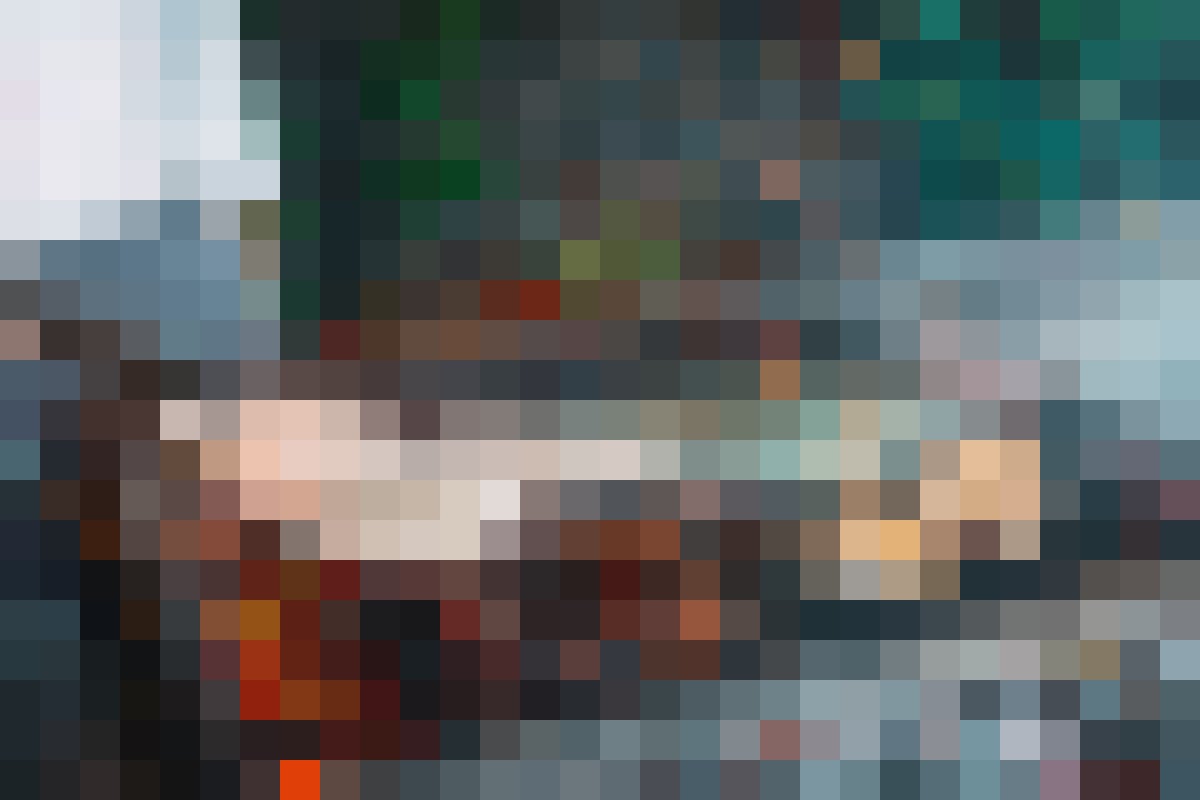Luster dust and petal dust are edible decorations used in decorating cakes, cupcakes, and other sweet treats.
They come in powdered form, and they add color and shimmer to food. However, they serve different purposes in terms of the effects they create, making them distinct in how they are used.
What is Luster Dust?
Luster dust is a shiny, edible powder used primarily to give baked goods a metallic or pearl-like sheen. It comes in various colors and is often used to add a sparkle or gleam to cakes, cupcakes, and chocolates. Luster dust can be applied directly to dry surfaces or mixed with alcohol or extract to create a paint-like mixture that can be brushed onto desserts.
The key feature of luster dust is its shimmering effect, which can make baked goods look glamorous or luxurious. It’s perfect for special occasions where you want your cake to stand out, like weddings or anniversaries. Luster dust often contains mica or other food-safe minerals, which contribute to its glittering finish.
What is Petal Dust?
Petal dust, on the other hand, is used to give a more matte, soft, and realistic look, particularly to sugar flowers or fondant decorations. It mimics the natural, velvety texture of flower petals, hence the name. Petal dust is available in a wide range of colors, allowing bakers and decorators to shade or highlight specific areas of their edible creations.
Unlike luster dust, petal dust does not have a shiny effect. Instead, it provides a solid, rich color with no sparkle. It is often used to add depth and detail, making the decorations look more life-like. Petal dust can be applied dry using a brush, or mixed with liquid to create a more intense shade.
Difference Between Luster Dust and Petal Dust
Appearance
The main difference between luster dust and petal dust lies in the finish they provide. Luster dust gives a shiny, metallic look, making decorations sparkle or gleam. It creates a reflective effect, perfect for adding elegance to cakes. Petal dust, however, provides a matte, non-reflective finish, ideal for making items look soft, natural, and more realistic.
Purpose
Luster dust is often used for glamorous occasions, when you want a bit of shine and glitter on your baked goods. It’s used to enhance metallic elements on cakes or give an overall pearlescent finish. In contrast, petal dust is mainly used for realistic detailing, particularly when working with edible flowers or other natural decorations. It’s more for shading and coloring, rather than adding a glittery effect.
Application
Both luster and petal dust can be applied dry or wet, but how they are typically used differs. Luster dust is often mixed with alcohol or an extract to create a liquid that can be painted onto cakes for a more intense shine. Petal dust, on the other hand, is most commonly applied dry with a soft brush to gently shade sugar flowers or other decorations.



